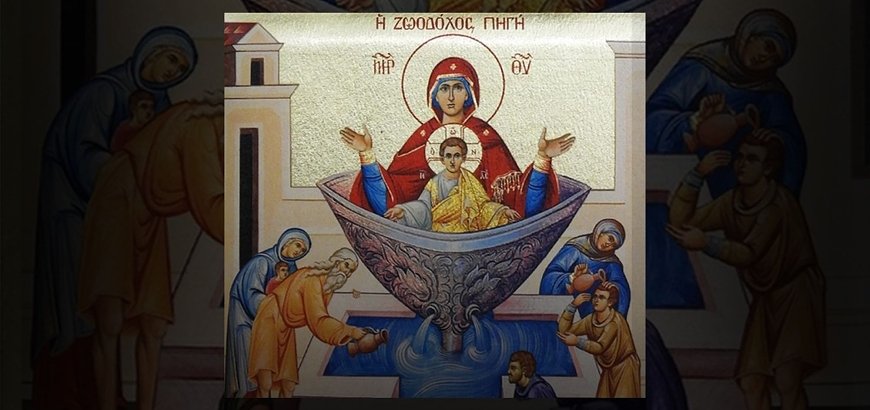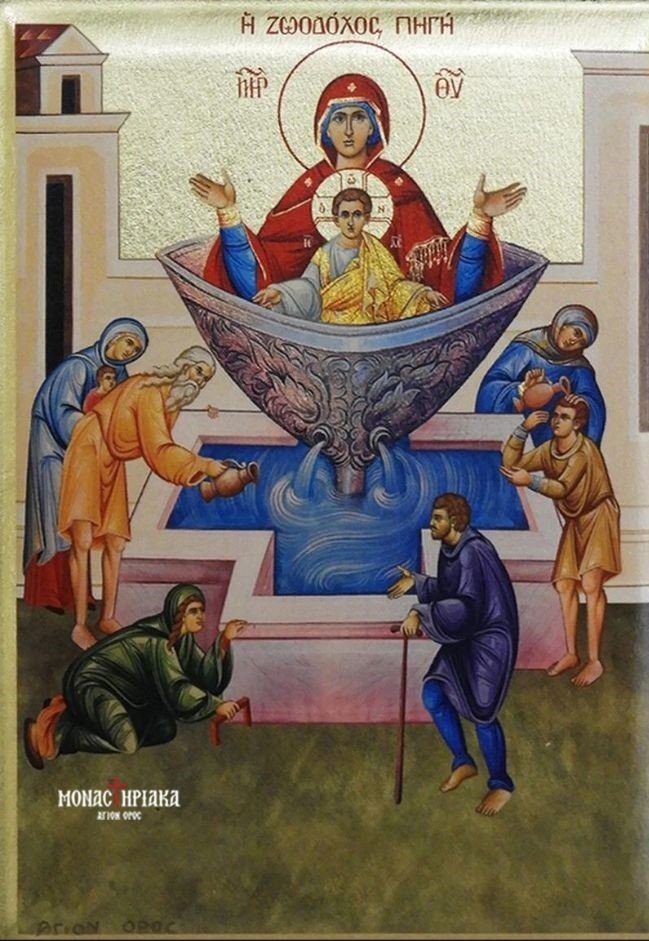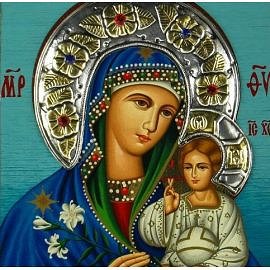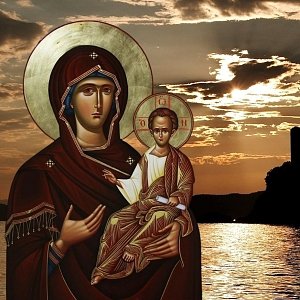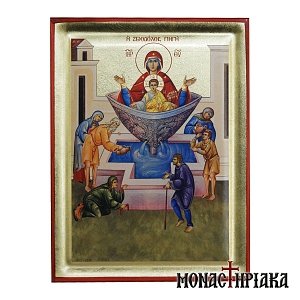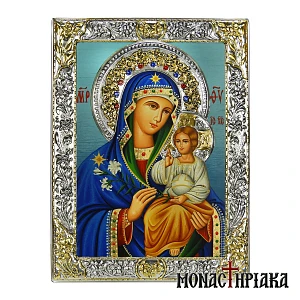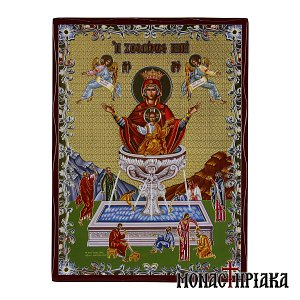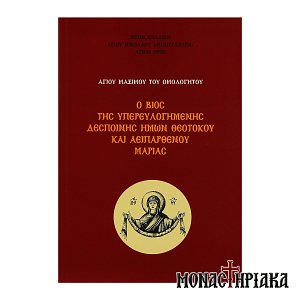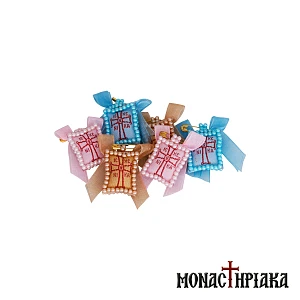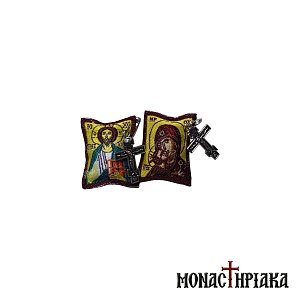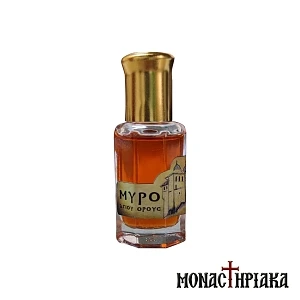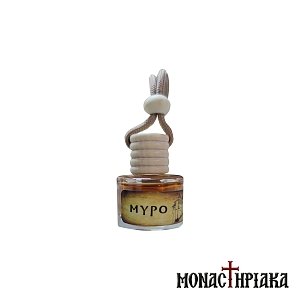The Life-Giving Spring of the Most Holy Theotokos, also known as Panagia of Balukhli, stands as one of the majestic churches of Constantinople and holds utmost significance for Orthodoxy. Two main versions prevail regarding the history of the Sanctity of the temple.
The first version regarding the history of the Life-Giving Spring
The first version is attributed to Nicephorus Callistus, which highlights how Emperor Leo I the Thracian (457-474 AD) aided a blind man, several years before becoming emperor. Specifically, Leo, also known as Macellus, encountered a blind man in Constantinople, who asked for water to quench his thirst.
The miracle involving Emperor Leo and the blind man
In his effort to assist the blind man, Leo heard a voice directing him to the location of the water. Indeed, he found the spring with water and when he returned, he gave the water to the blind man.
Right after, Leo heard the voice again, urging him to wash the blind man's eyes with the same water. He obeyed and performed this act. Suddenly, the blind man regained his sight!
As soon as Leo witnessed this, he realized that the healing of the blind man, as well as the voice speaking to him, came from the Most Holy Theotokos. He also understood that the spring from which he took the water, was miraculous and the water was therapeutic.
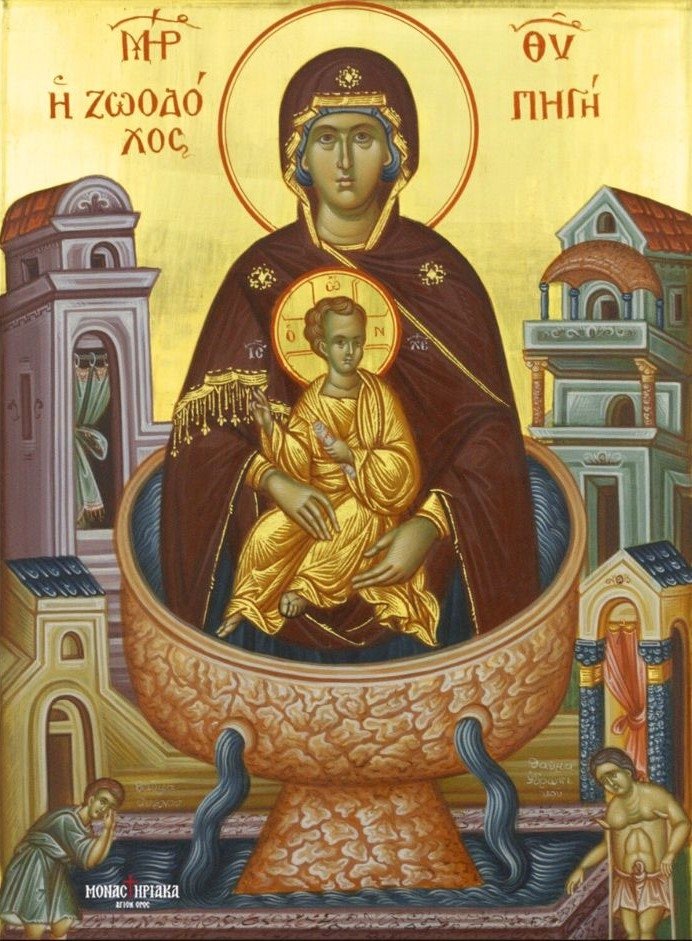
The healing water at the temple
During Leo’s reign as emperor, recalling the miraculous incident that had occurred, he decided to visit that spot to build an imposing temple. According to tradition, therapeutic water flowed in the underground of the temple and a large number of believers came to visit it.
The miraculous water of the Holy Temple's Spring performed significant miracles, offering all kinds of healing. As a result, even Turkish residents visited it to avail themselves of its benefits. Unfortunately, the Temple was destroyed by the Turks, but it was later rebuilt around 1830 AD into a larger Temple.
It was named the Life-Giving Spring of Balιkli, or Panagia of Balukhli, or Virgin Mary of the Spring, or Zoödochos Pege (Greek: Ζωοδόχος Πηγή) including the monastery, the church, and the holy spring. The term "Balik" in "Balıklı" originates from the Turkish word for ‘fish’.
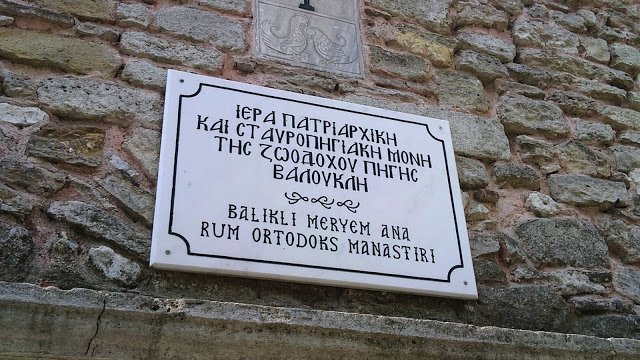
The miracle with the frying fish
According to tradition, on May 23, 1453, a monk was frying fish next to the holy spring when he was informed that Constantinople had fallen. The monk stated that he would only believe the news if the frying fish fell into the holy spring.
Right at that moment, the fish came back to life and fell into the spring, confirming what had been said. To this day, fish are preserved in the cistern of the Life-Giving Spring.
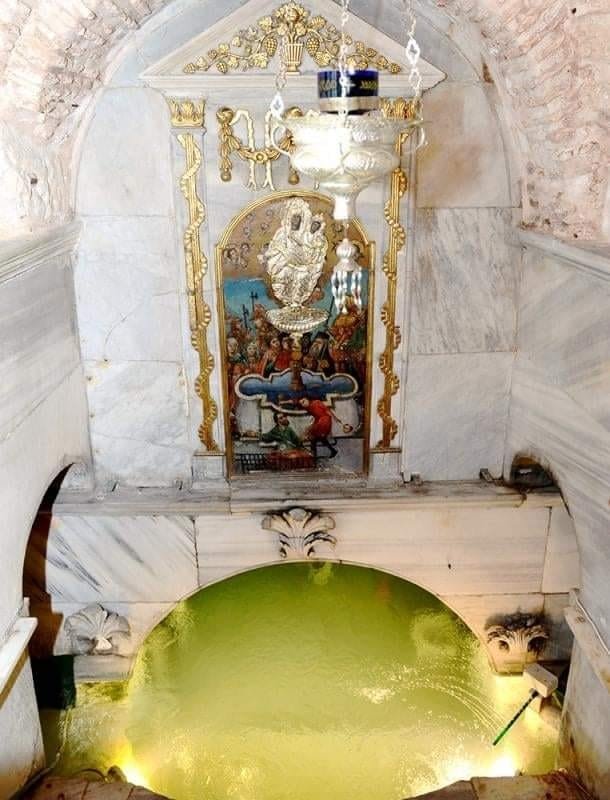
The second version regarding the history of the Zoodochos Pege
The vision of Emperor Justinian
According to the second version, as narrated by the historian Procopius, Justinian found himself in a very beautiful place during a hunt. There, he envisioned a small chapel surrounded by a crowd of people and a priest in front of a spring.
The priest, pointing to the spring, said that this was the source of miracles. This event led Justinian to build a monastery. Along the way, the temple was demolished by an earthquake, but it was rebuilt by Empress Irene of Athens, the wife of Emperor Leo IV.
Find here: icons of the Panagia Life-Giving Spring.
The destruction of the Temple and the rebuilding
Many disasters and reconstructions of the temple followed until around 1830 AD when the icon of the Virgin Mary was found and the temple was rebuilt for the last time. Until today, it remains majestic and in its underground part, water gushes from the spring that was built with marble.
When does Panagia Zoodochos Pigi celebrate
Orthodox Church celebrates the inauguration of the Holy Temple of the Virgin of the Life-Giving Spring five days after Easter Sunday, specifically on the Friday of Easter Week.

